Buried glaciers have been spotted on Mars, offering new hints about how much water may be accessible on the Red Planet and where it is located. Although ice has long been known to exist on Mars, a better understanding of its depth and location could be vital to future human explorers. Who knows whats in that ice? Microbes? Bacteria? Stuff that could wipe out humanity? The former residents of Mars?
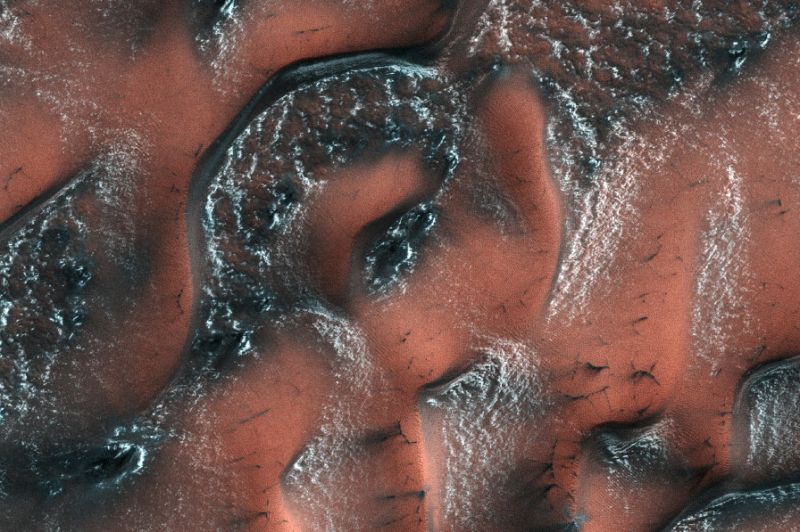
Erosion has exposed eight ice sites, some as shallow as a few feet (one meter) below the surface, and going as deep as 100 meters or more, it said.
These underground cliffs appear “to be nearly pure ice,” said the report, which is based on data from the Mars Reconnaissance Orbiter, launched in 2005.
“This kind of ice is more widespread than previously thought,” said Colin Dundas, a geologist at the US Geological Survey in Flagstaff, Arizona.
The ice contains bands and color variations that suggest it was formed layer by layer, perhaps as snow accumulated over time, leading to ice sheets.
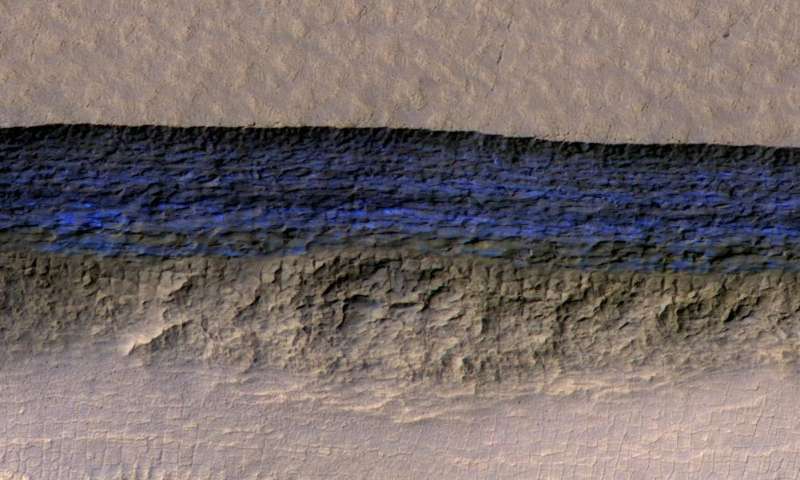
Researchers believe the ice formed relatively recently, because the sites appear smooth on the surface, unpocked by craters that would be formed by celestial debris smashing into the planet over time.
The cliffs are all near the poles, which slip into a frigid darkness during the Martian winter and would not be a suitable site for a long-term human camp.
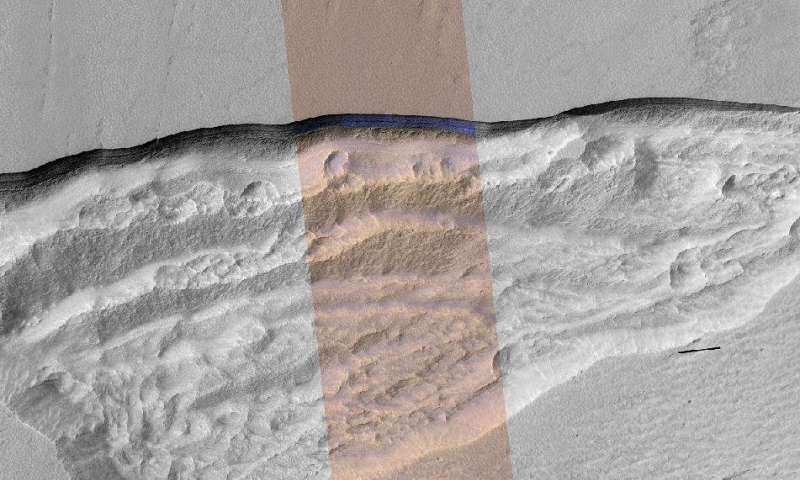
However, if a sample could be drilled from one of the glaciers, researchers could learn plenty about Mars’ climate history and the potential for life on Earth’s neighboring planet.
NASA plans to send the first human explorers to Mars by the 2030s.


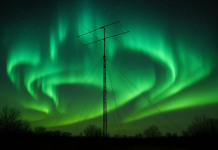

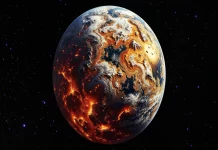








On Mars there is 1% oxygen and 97% carbon monoxide. Most likely, that ice is composed of anything but oxygen. Carbon monoxide is very poisonous to humans. All that is seen on the surface of Mars are remains. Waste. Something that has happened and that has stopped. And now all is dead. In the atmosphere of Mars there is no sound because there is no oxygen. That ice that is seen in the north and south pole is dry ice; Something similar to talcum powder that takes millions of years there. There is one thing that I do not understand. The people who are in the project to send people to Mars. More than 35% say it will be very hard to be on the surface of Mars. So; Why they want to send people to Mars if they already know that it is very dangerous?.The surface of Mars, the solar radiation is very high, it is as if one were inside a working microwave. They are obsessed with sending people to Mars and colonizing it. That means that something extremely dangerous is going to happen on planet Earth and we are going to have to go live to Mars.